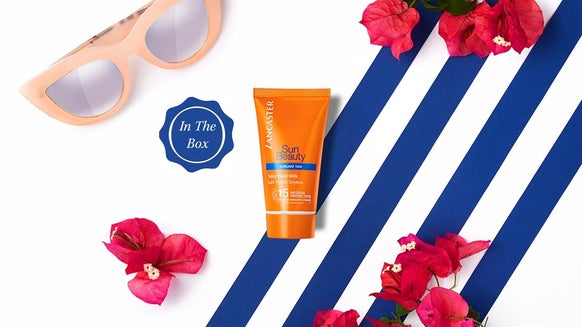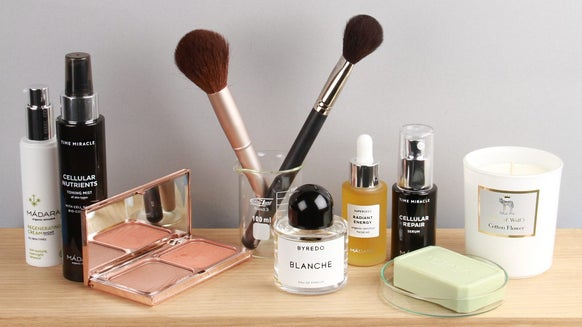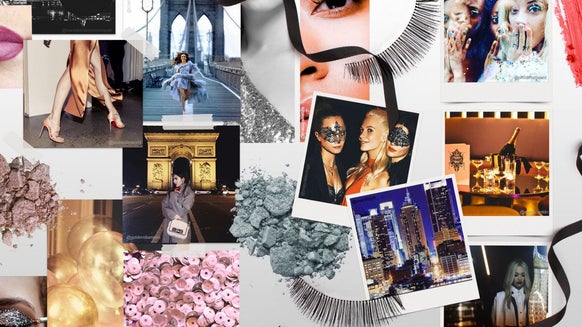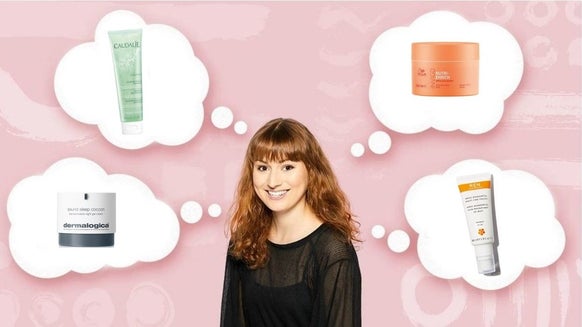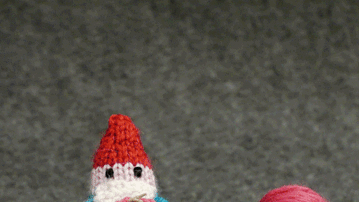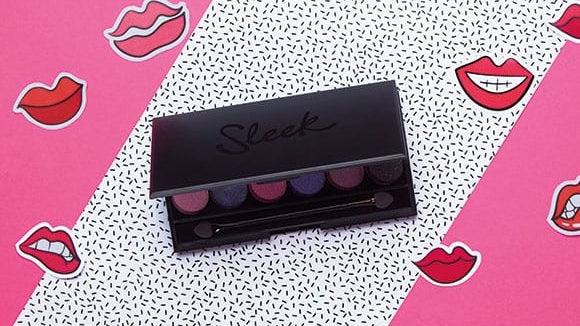The Best Protective Hair Styles For Spring And How To Maintain Them!
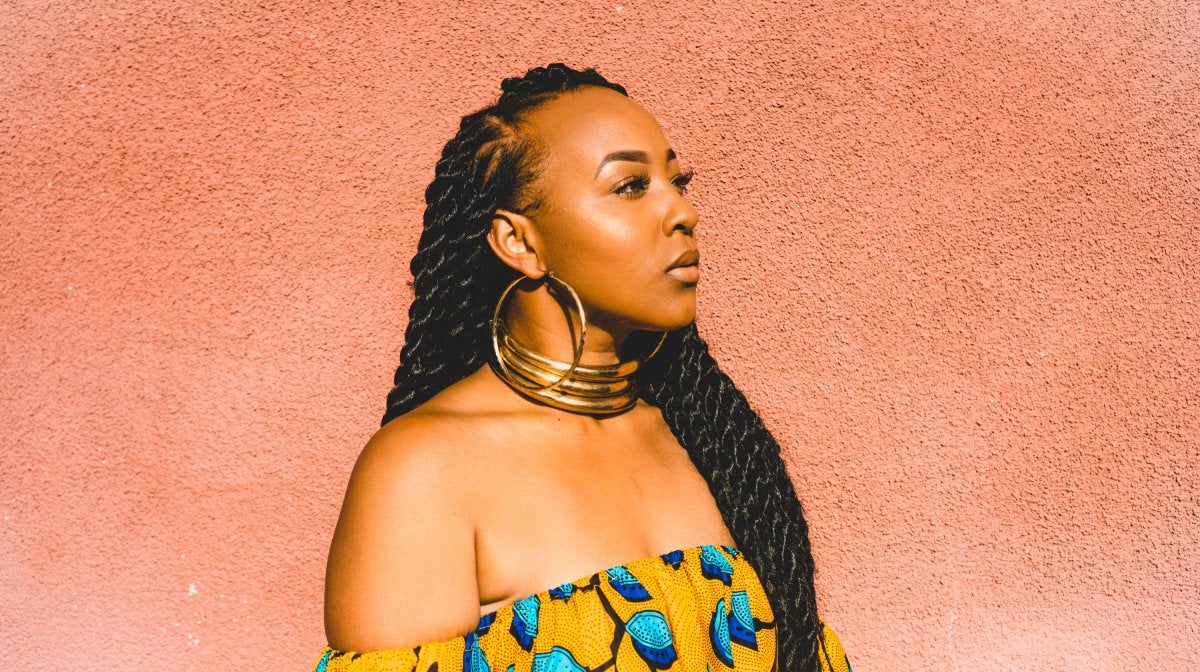
Taking care of afro hair can be a headache at times, especially if you have a hectic schedule. Keeping up with your extensive wash day routine - as well as using a plethora of different products to keep the moisture in your locks and the curls looking somewhat alive - is often too much even for the most experienced stylist.
I’m a lazy girl when it comes to my hair. I will religiously follow my 10-step skincare routine every evening but I dread having to do the same with my hair. It could be because I have never had a curly hair routine, but I am at a loss as to what to do with my curls. That is why I started wearing a protective style (for me, knotless braids) over two years ago. That, and my inability to refrain from straightening my hair, which inevitably resulted in some serious damage.
Now, my hair is healthier than ever, growing and thriving, and yours can be the same!
Here’s how to maintain your protective style while making sure your natural hair is soaking in the benefits…
What Is A Protective Style?
Speaking to Zyobeauty, I learnt “protective styles are used to protect natural afro hair from breakage by tucking away the hair and minimising manipulation.”
Simply put, a protective style is any style that keeps your strands tucked away while minimising manipulation. Because afro hair is more fragile and dry, protective styles can protect locks from weather damage too, whether in the summer or winter, as well as knotting or breaking.
All of these factors contribute to hair damage and the inability to maintain or grow your hair past a certain length. That is why protective styles are recommended; they keep your hair healthy and allow it to grow while also saving you time in the morning, which might be the part I love the most about them.
“Low tension hairstyles like knotless braids are especially great for aiding less manipulation,” say Zyobeauty. “The low tension on the scalp ensures your hair is not being pulled too tight at the root. It’s not only a beautiful, long-lasting style but it also benefits your hair, promoting hair growth, health and retention.”
There are plenty of protective styles out there, but let’s talk about the best two protective styles you should try in the warmer months.
Knotless Braids
Box braids are a classic braiding style and one of the most popular. Knotless braids have grown in popularity in recent years because they do not include the additional small knot that box braids do.
Normally, this knot is used to secure the braiding hair, but with knotless braids, the extensions are fed into the braid, causing less tension on the hair and scalp.
While this method is generally more expensive and takes longer to do, it is a better option for your hair if done correctly. When compared to box braids they’re also easier to style from day one as you can easily put them into a bun or a ponytail.
The beauty of braids is you can go as crazy with the colours as you’d like or create custom blends to your liking too.
TikTok is full of great examples, including this video from Zyobeauty mixing my custom blend and then installing my knotless braids that seamlessly blend with my dark brown roots. Just look at the neat partings!
Because they are knotless, these braids also appear more natural as they grow out. There is a smooth transition from your roots to the beginning of the braid, so you can go a little longer before getting them redone (though you really shouldn't).
Passion Twists
Two-strand twists are frequently mistaken for faux locks, but they are done in the same way as Senegalese twists. The only difference is the type of hair used; unlike Senegalese twists, which use the same braiding hair as braids, passion twists use medium-sized wave hair (such as Freetress Water Wave hair). This creates an effortless, yet sculptured, boho vibe look that is ideal for the upcoming warmer months. Think of the festival looks you could pull with this style!
Maintaining Your Style
Zyobeauty says: “Braid care and maintenance is an essential part to minimising damage”. They recommend following the tips below to promote further hair growth and to maintain your protective style…
Bonnets And Headscarves
Why not try the Grow Gorgeous Satin Bonnet or the Revolution Haircare Satin Hair Wrap? Both will keep your protective style looking sleek and prevent further frizz. While frizz will occur with any style, you want to try and minimise it. That’s why satin bonnets and headscarves should be your best friend, even if you just wear your hair natural.
Silky bonnets and scarves will also protect your curls from rubbing and friction against your pillow, and the material will also repel moisture. If you do not already have one of these, run and get one, along with a satin pillowcase!
Braid Sprays And Hair Oils
TheFlora & Curl Jasmine Oasis Hydrating Hair Mistwill quickly absorb into your hair without any residue, which some products often leave on your scalp. Infused with a cocktail of natural ingredients, such as soothing white jasmine oil and hydrating aloe vera, it’s perfect to drench your hair in hydration.
“Keep your natural hair hydrated in the braids and gently massage into your scalp once a week for added minerals and vitamins aiding growth,” says Zyobeauty.
To
The whole point of a protective style is to allow your hair to grow while still protecting it. Most people believe that getting braids done is enough and that they do not need to care for their scalp. Don’t be one of them. A hydrated scalp and hair equal healthy growing hair - and that's the goal!
Wash Day
When washing your braids every couple of weeks, you need to be gentle - no harsh rubbing as you would do with your natural hair! Focusing on the product build-up on your scalp and around your edges, wash your hair in a downwards motion, to prevent any frizziness at the roots and along the braids. You can also use conditioner, especially on the end of the braids.
If you’re a bit lazy like me, theBouclème Root Refresh will become a staple in your haircare routine. Providing your hair with an instant refresh, it helps extend the time between your wash days and combats any sweat and odours (so it’s ideal post-workout!).
On your actual wash day, I can’t recommend the Shea Moisture Jamaican Black Castor Oil Strengthen & Restore Shampoo and Conditioner enough. Shea Moisture caters to various hair needs and this particular range helps to strengthen, grow and restore your hair - exactly what we want when wearing our protective style! These products moisturise the hair and scalp whilst promoting healthy hair growth and eliminating product build-up. Added apple cider vinegar strengthens damaged hair prone to breakage, leaving you with clean, soft strands (or braids). Added bonus? They’re all sulphate-free!
Make sure you dry your braids properly, either by sitting under a hooded dryer for at least half an hour or letting them air dry for a full day. Never let your braids stay damp as that can lead to unpleasant issues such as fungus, mildew or dandruff.
Subscribe To GLOSSYBOX
You can buy all of these hair care products and more using your well-earned Glossy Credit. Which you’ll earn by referring your friends to GLOSSYBOX, reviewing products and filling out our surveys.
Want to start earning Glossy Credit? Subscribe to GLOSSYBOX today! Not only will you earn credit, but you’ll also receive our beauty boxes straight to your door every month full of surprises.

As a beauty junkie, my not-so-secret obsession is finding new brands and products, that cater to any skin tone or hair type. Over the years I’ve found some of my holy grail products, but I’m always on the lookout for new ways to perfect my routine. Whether I need the perfect base for a full face glam or a glowy natural skin.
